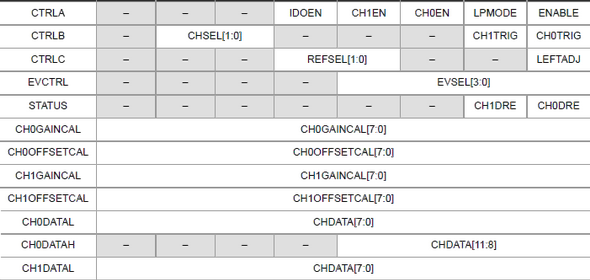Great Cow Basic new release announcement
Great Cow BASIC (GCB) is a BASIC compiler for Microchip and Atmel microcontrollers. It lets you to program in BASIC instead of having to learn assembly or C language and is completely open source! The GCB team has announced the release of Great Cow BASIC v.0.95.007, which has built-in support for Microchip’s latest Xpress Evaluation board and including a host of demonstrations for this board.
The Great Cow Basic development team have published another release that further enhances the Great Cow Basic compiler capabilities. The Great Cow BASIC development team have published another release that further enhances the Great Cow BASIC compiler capabilities.
- Support for the Xpress Evaluation board including a host of demonstrations for the Xpress Evaluation board.
- New GCB utility to load hex file into Microchip Xpress board.
- Improved performance to increase productivity and to reduce compilation time.
- Improved string handling. Strings can be defined with escape characters like quotes and semi-colons.
- New volatile bit can be defined that improves setting for specific bits.
- Enhanced bit Not operator – now works with bit variables!
- Further improvements to #option explicit.
- Ethernet support for ENC28J60 adapter with a full TCPIP stack. This is a separate download.
- Performance improvements to further improve productivity.
- New optimisation options for A-D.h and PWM.h to reduce the size of generated asm and hex file.
- Improved support for 900+ Microchip and Atmel 8-bit microcontrollers .
Microchip 10F, 12C, 12F, 16C, 16F, 18C and 18F devices. The LF devices are now automatically supported (no need for LF specific chip files).
AVR microcontrollers Classic AVR, Tiny AVR and Mega AVR devices.
Support for 16f85xx class of microcontroller plus changes to the supporting hardware files.
New commands to support PPS. LOCKPPS and UNLOCKPPS.
- Improved software I2C support that now includes timeout when using software I2C Master.
- An IDE to make programming as easy as possible including Help and IDE Helpers.
- 450+ demonstration files that showcase the breadth and depth of capabilities.
- Support for a large set of supported hardware accessories.
New I2C2 drivers adding 2nd I2C support.
GLCD handling with even more types of GLCD supported.
- New scalable fonts with added support for extended fonts sets.
- Increased support for microcontroller timers by supporting all the available microcontroller timers – this can be up to 12 separate timers.
- New support for HEFM memory.
- Handling the default Interrupt handlers.
- Full Linux version of the Great Cow BASIC Compiler and the toolchain
- New Windows installer for four different type of installation.
- Plus other new functionality and enhancements or fixes over the previous release – over 190 major changes since the April 2015 release.
Great Cow BASIC an Open Source project. See http://gcbasic.sourceforge.net/index.php







